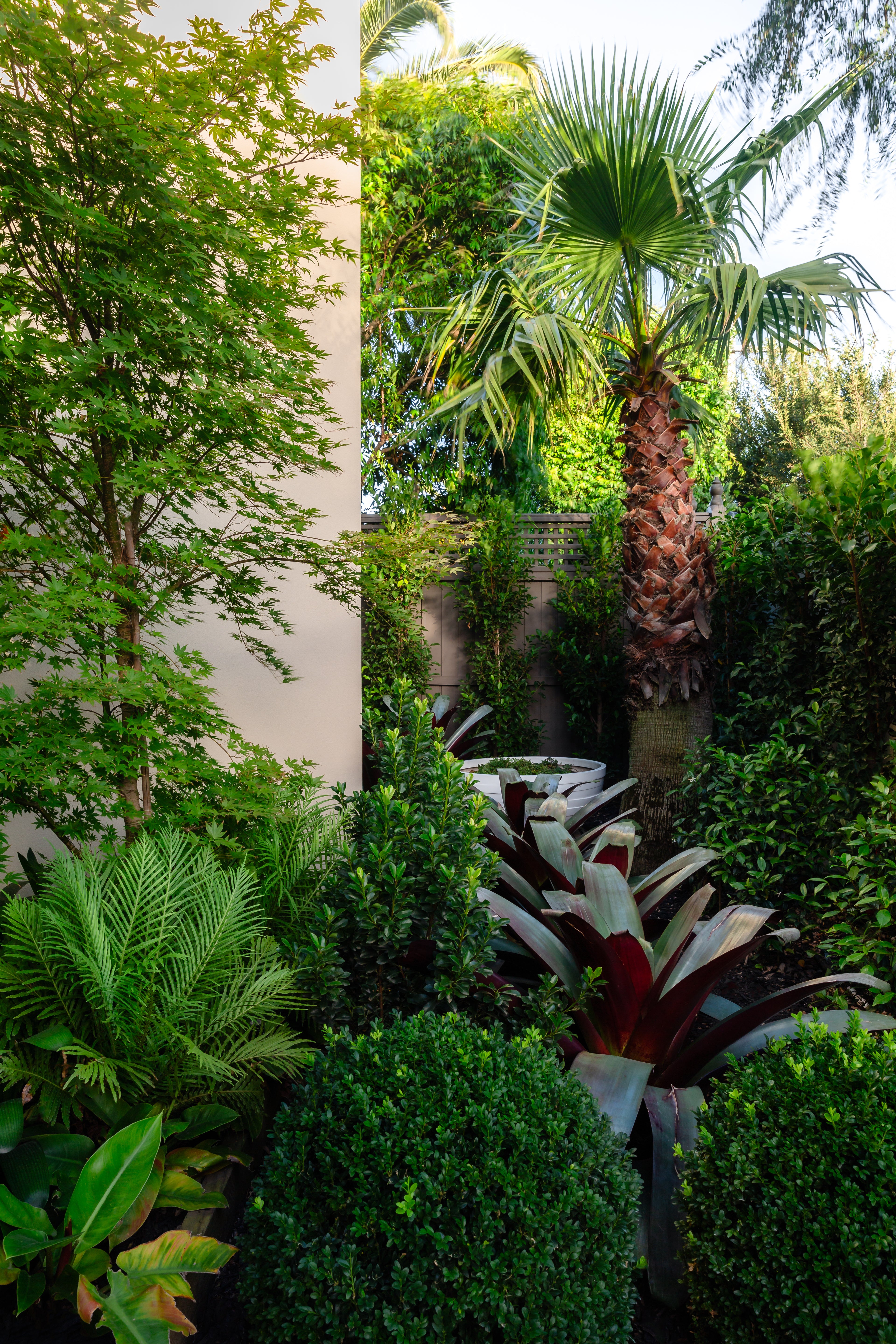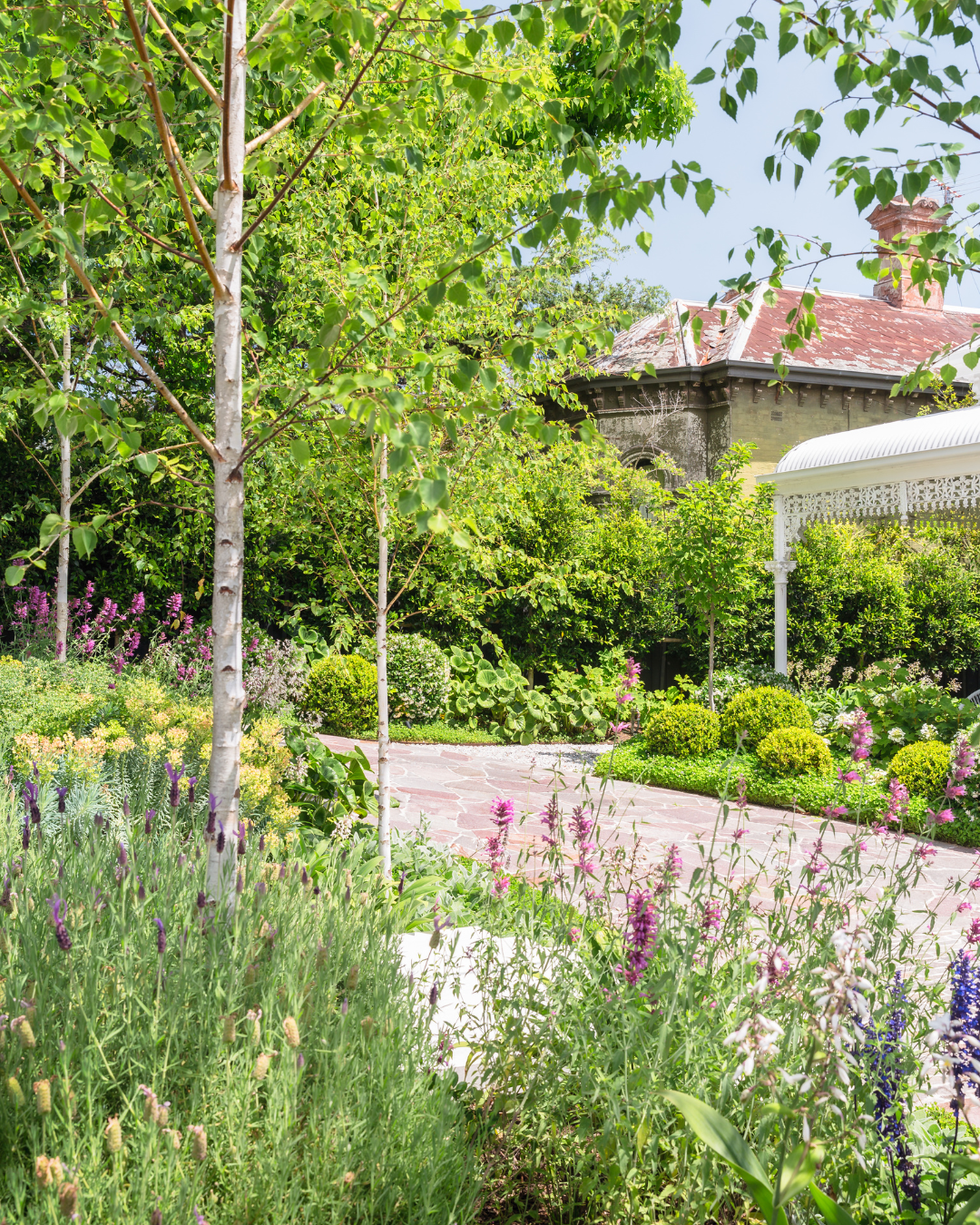Welcome to the enchanting world of the Coast Banksia, a species that adorns the eastern coastline of Australia with its distinct beauty. This member of the Banksia genus, belonging to the Proteaceae family, is not just a widespread wonder but also a historical botanical marvel, being one of the first banksias described. Its other moniker, 'Honeysuckle Banksia', paints a picture of its blooms, mirroring the likeness of flowers from the unrelated Lonicera genus. The genus was named in honor of Sir Joseph Banks, with 'integrifolia' drawing from Latin, signifying 'entire-leaved'.
Resilient and Versatile
Adaptive Growth
The Coast Banksia flourishes in an array of soil types – from acidic to alkaline, embracing clay, sandy, and even rocky terrains. This fast-growing marvel stands as a testament to resilience and adaptability.
Low Maintenance, High Appeal
Famed for its hardiness, Banksia Integrifolia requires minimal upkeep, making it an ideal choice for gardeners seeking a low-maintenance yet visually captivating tree.
Evergreen Elegance
As an evergreen shrub, it offers year-round beauty, making it perfect as a coastal hedging plant, a striking feature tree, or a robust shrub in diverse landscapes.
A Native Australian Gem
Designed for the Coast
Originating from Australia, Banksia Integrifolia is tailor-made for coastal positions, playing a pivotal role in erosion control. Its leathery leaves and distinctive cone-shaped flowers, which vary in hues from lemon yellow to red, add a unique texture and color to any garden.
A Closer Look at Banksia Integrifolia
This Australian native boasts smooth grey bark that peels away in long strips, revealing a vibrant orange or yellow beneath. Its new growth is softly furred, and the dark green, glossy leaves are linear with pointed tips and tapered bases, spanning 10–25 cm in length. The large golden-yellow flower spikes, a feast for the eyes, emerge from late spring to early summer, eventually giving way to woody cones laden with seeds. It's important to note that all parts of the Banksia Integrifolia contain toxins that may cause nausea if ingested.
Frequently Asked Questions
Are the Roots Invasive?
One common query about Banksia Integrifolia pertains to its roots. Rest assured, these roots are not invasive. They're relatively shallow, posing no threat to foundations or pipes.
When Do They Flower?
These banksias typically adorn themselves with flowers from late winter to early spring, with regional variations influencing the exact timing from August to November.
Can They Grow in Shade?
Banksia Integrifolia is a model of adaptability, thriving in full sun to partial shade. It can tolerate a range of soil conditions, making it a versatile choice for various garden settings.
Growth and Size
Coast Banksias usually grow as gnarled trees, reaching up to 25 meters, and in some cases, even towering to 35 meters.
Growth Rate
These plants grow steadily, adding about 6-12 inches annually. However, in optimal conditions with ample water and nutrients, they can accelerate their growth pace.
Cultivation and Uses
Despite the plant's toxic nature if ingested, B. integrifolia has gained popularity in garden landscaping beyond its native range. Its showy flower spikes and appealing foliage, coupled with its tolerance for poor soils, salt spray, and heavy pruning, make it an asset in coastal gardens or as a windbreak. While it flourishes in sunny spots, it can endure some shade, although this may reduce its flowering.
Propagation
It propagates effortlessly from seed pods formed on the trunk, which upon maturation, release winged seeds dispersed by wind.
Embrace the rugged beauty of the Coast Banksia in your garden. It's a drought-tolerant plant that can withstand extended dry periods once established, making it an ideal choice for Australian gardens. Remember, it can grow quite large, so ensure you have ample space to let it thrive. The Coast Banksia is not just a plant; it's a piece of Australia's natural heritage, ready to enhance your garden with its unique charm.












3 comments
Our coastal banksia is about 6 metres tall, 10 years old, growing in coastal loamy sand in south Gippsland. It has developed a rust coloured mistletoe like growth at the ends of many new growth branches. Can’t find any reference to this and the tree looks otherwise healthy. Do you know what might be causing this?
Is it good to plant Banksia integrifolia hard up against a neighbours house
What pests and diseases affect B.integrifolia? Can this yellowing and leaf drop be identified? Seed pods have irregular growth deformation.